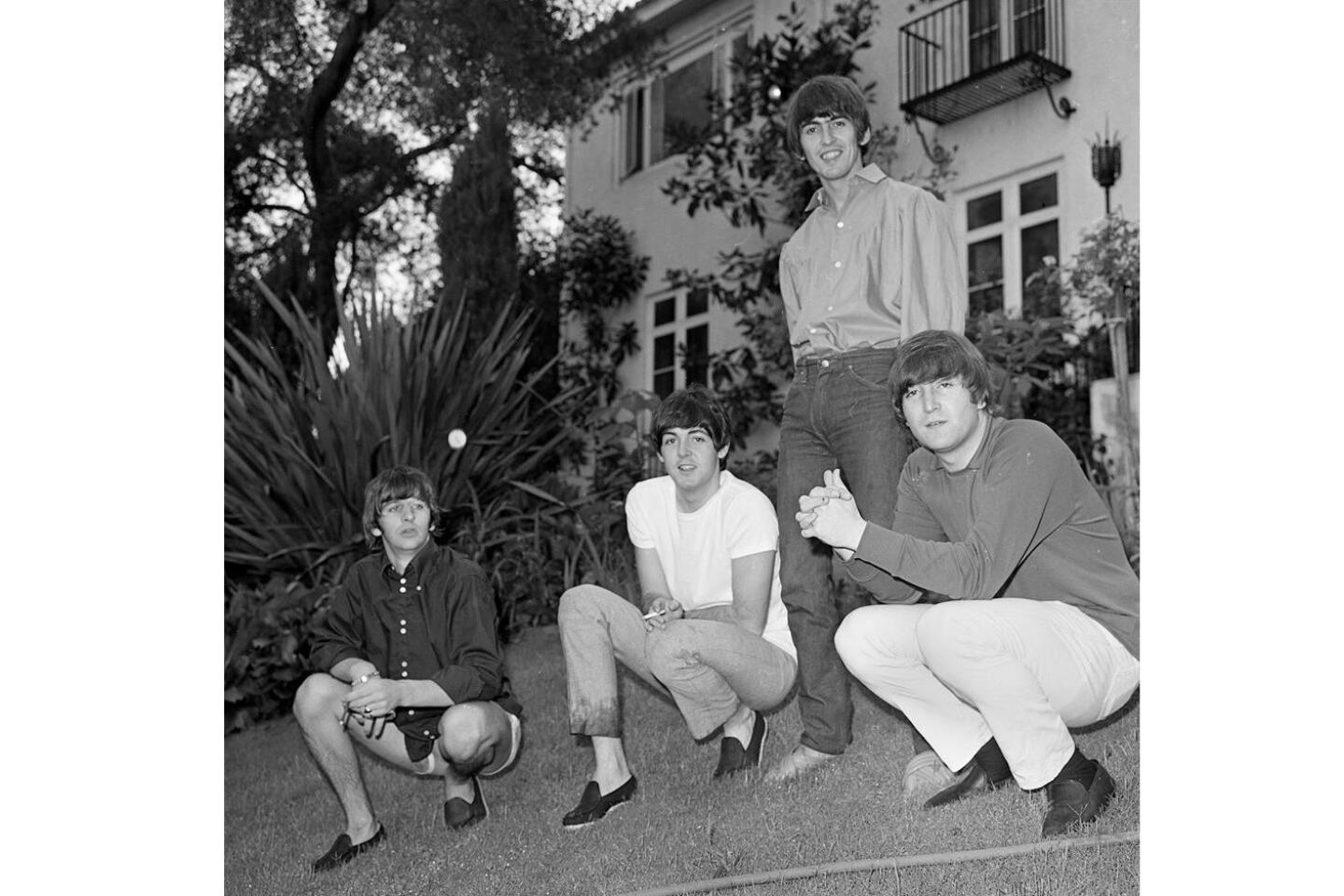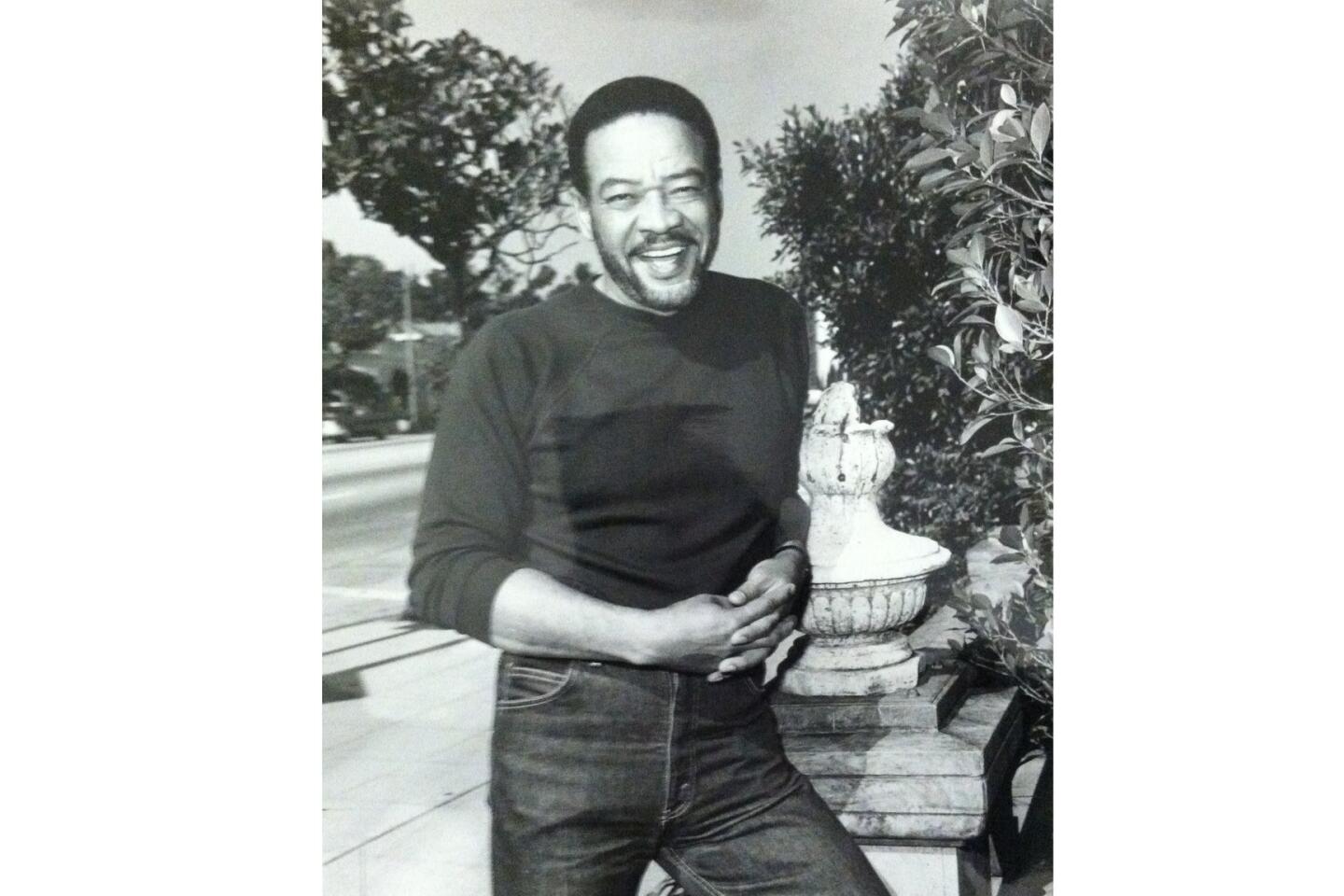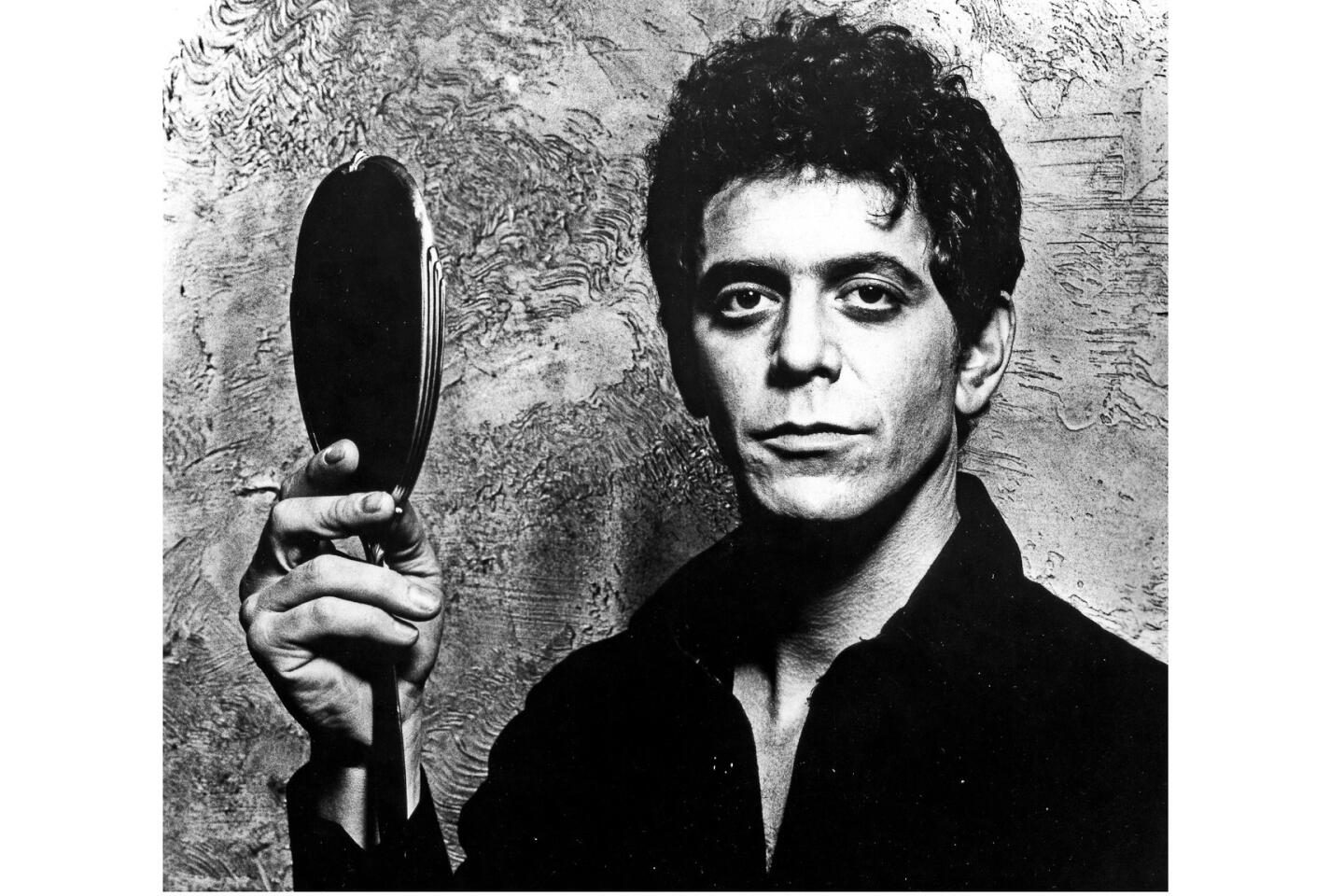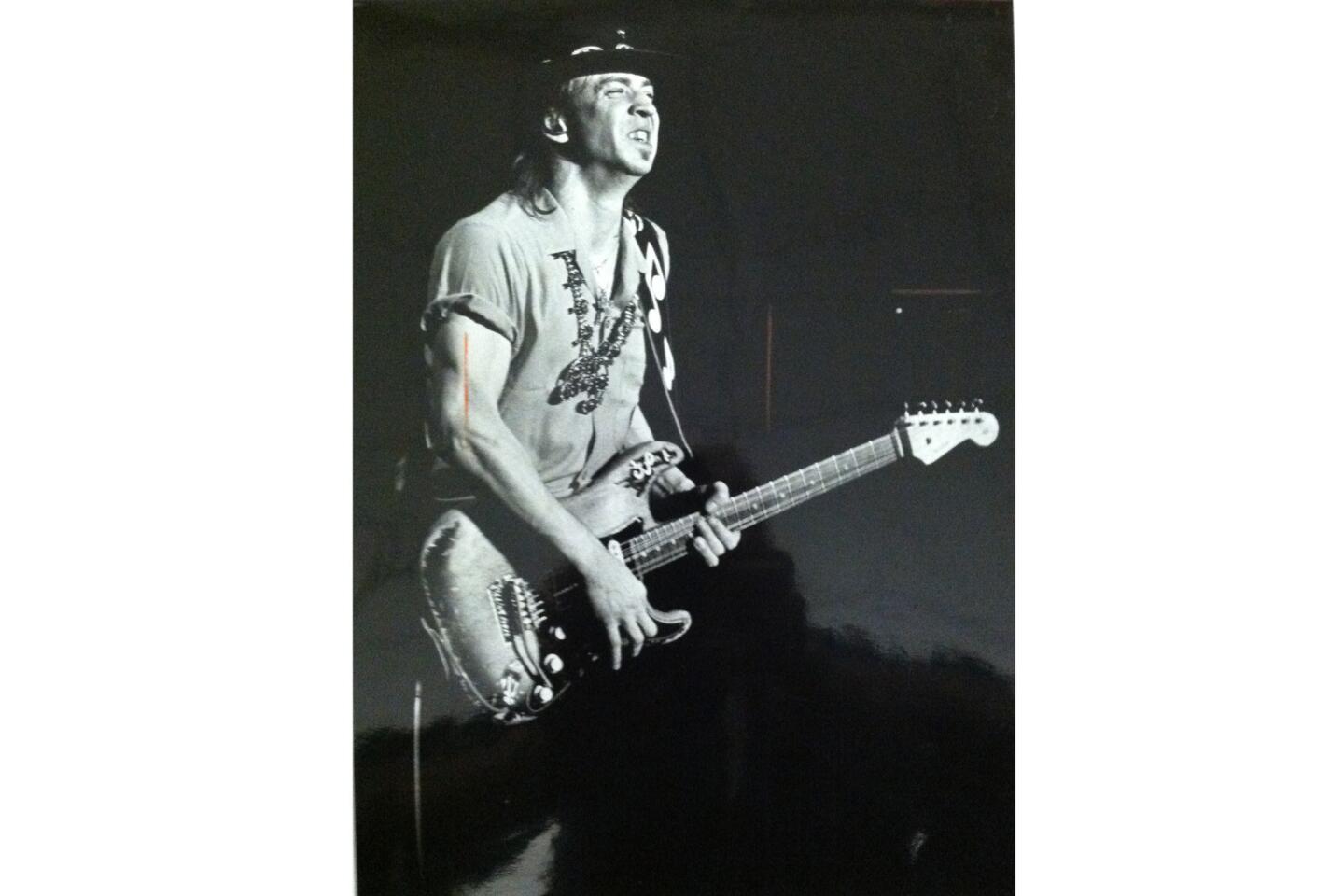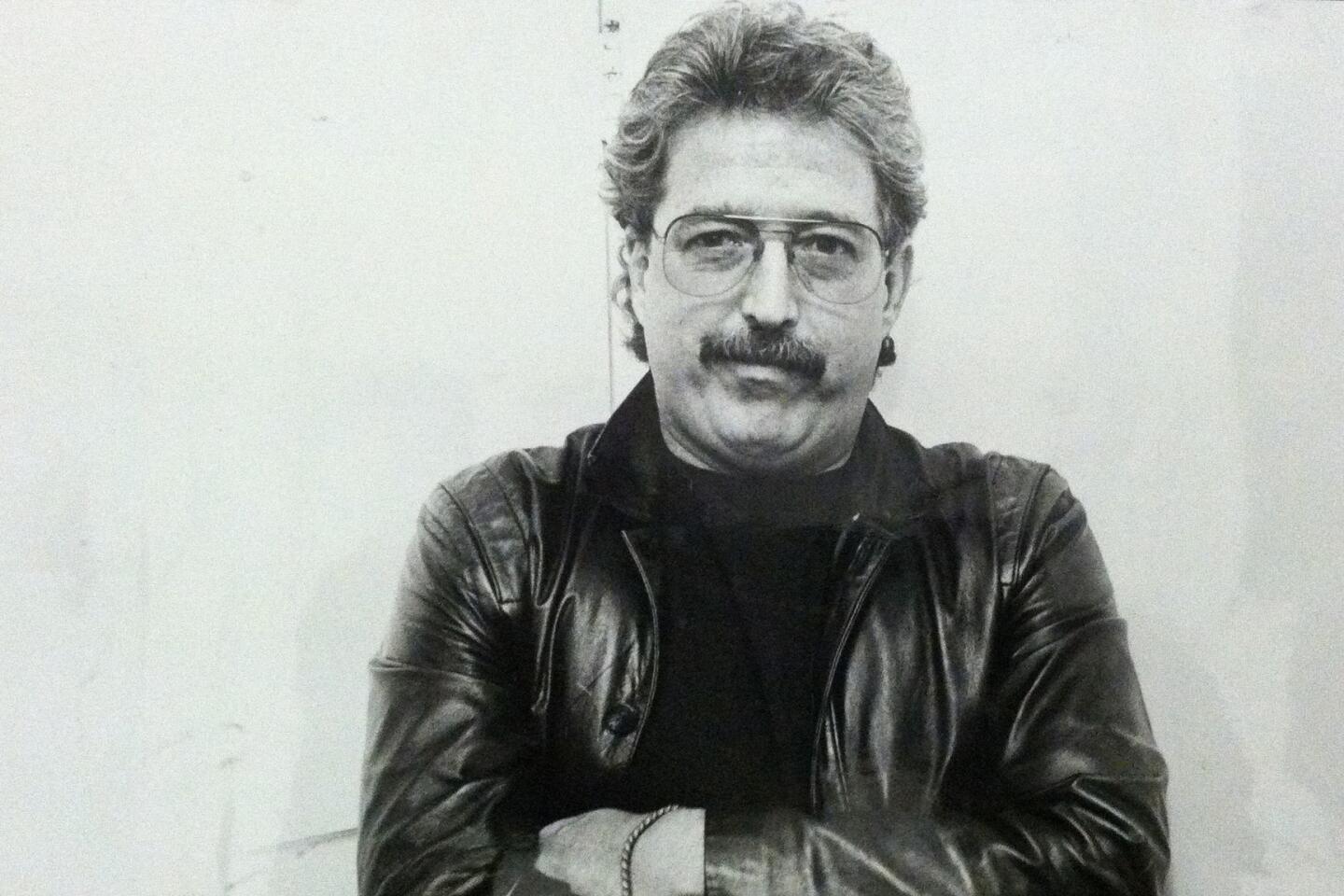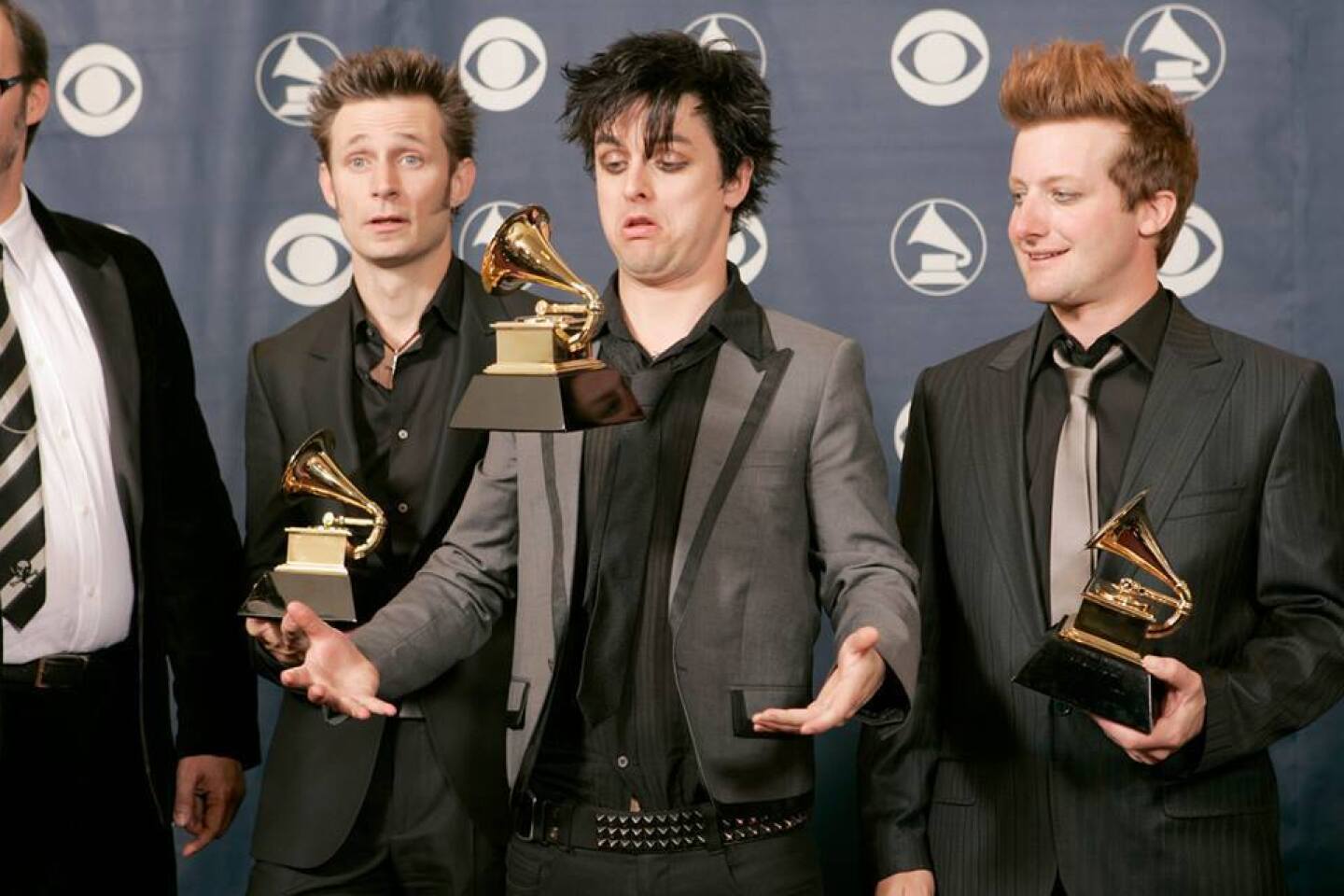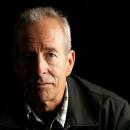Meet the 2015 Rock and Roll Hall of Fame inductees
- Share via
In anticipation of Saturday’s induction ceremony in Cleveland for the 2015 Rock and Roll Hall of Fame, Calendar spotlights each of the acts being welcomed into the hall this year.
PAUL BUTTERFIELD BLUES BAND
Before the likes of the Rolling Stones, the Yardbirds, the Animals and other British rockers started revving up America’s blues music and sending it back to U.S. audiences, Chicago harmonica player and bandleader Paul Butterfield was helping expose the music of Muddy Waters, Lightnin’ Hopkins, John Lee Hooker and others to a broader audience.
As noted by AllMusic.com, “It’s impossible to overestimate the importance of the doors Butterfield opened…. Not only did Butterfield clear the way for white musicians to build upon blues tradition (instead of merely replicating it), but his storming sound was a major catalyst in bringing electric Chicago blues to white audiences who’d previously considered acoustic Delta blues the only really genuine article.”
MORE: Live from the Rock and Roll Hall of Fame ceremony
Butterfield also knew great players when he heard them, latching onto guitarists Mike Bloomfield and Elvin Bishop as well as hiring Howlin’ Wolf’s rhythm section of bassist Jerome Arnold and Sam Lay. So impressed he was by their performance at the 1965 Newport Folk Festival, Bob Dylan asked them to back him when he famously strapped on a Fender Stratocaster at that year’s show and upended the folk community by going electric.
Over the years he continued to recruit superb musicians such as keyboardist Mark Natfalin, drummer Billy Davenport (who took over after Lay took ill) and saxophonist David Sanborn among many others, before launching a fitful solo career.
Our gallery includes a shot from The Times’ photo archive of Butterfield when he was in Santa Barbara for a performance a little less than a year before he died in 1987, at 45, from a drug overdose.
THE “5” ROYALES
This year’s induction of the “5” Royales extends a tradition that goes back to the Rock and Roll Hall of Fame’s beginnings, notably reflecting the lifelong passion for early R&B, gospel and doo-wop performers held by founders Ahmet Ertegun, the co-founder of Atlantic Records, and Seymour Stein.
Over the years the hall has brought in the Ink Spots, the Orioles, the Flamingos and others, many of whom, like the “5” Royales, started their careers in the 1940s well before rock ‘n’ roll ignited.
The Winston-Salem, N.C., quintet charted just a handful of hits, the biggest being “Help Me Somebody” and “Baby Don’t Do It,” both in 1953, but also recorded songs that influenced and were revived later by pop, rock and R&B performers whose stars eclipsed the “5” Royales: “Think” (reworked by James Brown), “Dedicated to the One I Love” (The Shirelles and the Mamas & the Papas), and “Tell the Truth” (Ray Charles, Eric Clapton).
CLASSIC ROCK: Follow us on Facebook
The Royales’ impact wasn’t limited to their vocal work, but also in the ripples created by songwriter and lead guitarist Lowman Pauling’s guitar style that influenced Albert and Freddie King, and revered Memphis session guitarist Steve Cropper, who will induct the group on Saturday in Cleveland.
As for why the group put the number in its name in quote marks, even some of those at the Rock Hall don’t seem to know for sure. “I think they just thought it would make the name stand out,” Stein told The Times.
GREEN DAY
Bay Area pop-punk trio Green Day released a couple of indie albums before hitting it big with the album “Dookie,” which went on to sell more than 10 million copies in the U.S.
Shortly after “Dookie” came out in 1994, Times pop music critic Robert Hilburn asked a panel of industry veterans to handicap the long-term prospects for the trio of Billie Joe Armstrong, Mike “Dirnt” Pritchard and Frank “Tre Cool” Wright—keeping the panelists’ identities confidential so they would feel free to speak freely.
“Big question—I’m just not that smart,” one executive said. “One record, who knows?”
Another industry bigwig, however, seemed to have a little better view into the crystal ball. “Billie Joe isn’t a one-note punk wonder,” this exec said. “He’s smart and can broaden his sound.”
Neither veteran probably envisioned the degree to which Armstrong and his band mates would branch out, most significantly with 2004’s “American Idiot” album that has developed exceedingly long legs in its theatrical translation.
Come this fall, we’re promised the arrival of Armstrong’s latest venture into theater: “These Paper Bullets!” a new musical adaptation of Shakespeare’s “Much Ado About Nothing” set to go up in September at the Geffen Playhouse in Los Angeles.
The story centers on a rock quartet from Liverpool and its journey to London to make an album, and perhaps find fame and fortune.
Wait, are you saying this sounds vaguely familiar? Yeah, yeah, yeah…
The gallery above features a photo from The Times’ archive of Green Day with the Grammy Awards they collected in 2006 for “American Idiot,” which was named best rock album.
JOAN JETT & THE BLACKHEARTS
Joan Jett’s been swimming upstream for most of her professional life, first as a member of the all-female punk band the Runaways, then as a woman in a man’s world fronting her hard-rock group the Blackhearts, with whom she’s being inducted Saturday into the Rock and Roll Hall of Fame.
Skeptics—mostly older and male—looked askance at the Runaways and often dismissed the band as fully the creation of pop impresario Kim Fowley. But in the 40 years since Jett and her band mates were “cute” teen punks, she’s demonstrated conclusively that she’s nobody’s puppet.
As she was getting her solo career going in the early-‘80s, here’s what Times pop music critic Robert Hilburn had to say about her when she opened for Loverboy (which hasn’t made the Rock Hall) at the Forum in Inglewood.
“It was only fitting that Jett opened at the Forum with a song called ‘Bad Reputation,’ because she has been consistently underrated by most of the rock community. When she formed the all-girl Runaways in Los Angeles in the mid-‘70s, she was all but laughed out of town: girl rockers indeed.
“The industry speculation hadn’t improved four years ago when Jett got together with some guys in the four-piece Blackhearts band. [But] there is an endearing every-girl quality about her voice and aggressive manner that is warmly appealing.”
LOU REED
Lou Reed wasn’t yet a rock icon in the early 1970s when the Velvet Underground had disbanded and he went in search of a solo career—the one he’s being inducted into the Rock and Roll Hall of Fame for on Saturday for a second time.
In 1972 he released “Transformer,” and here’s what pop music critic Richard Cromelin, writing for the The Times, said of what he called “Lou Reed’s superb new album.... It’s pure Lou Reed in top form, that New York nasal voice, tired but vibrant, somehow detached but passionately involved on a completely unique level….
“There’s more triumph than desolation in ‘Transformer,’ along with a healthy dose of lightness and humor. It contains some vicious rock ‘n’ roll, some charming ditties, and is capped by a brilliant sketch of the New York/Warhol scene called ‘Walk On the Wild Side,’ a mesmerizing classic that rings with authority from the first note.”
Well, sometimes the critics do get it right.
Reed’s solo career included numerous other high points, often demanding as much blood, sweat and tears of those listening to them as he must have shed making them: “Berlin” (1973), “Street Hassle” (1978), “New York” (1989), “Magic and Loss” (1992), and his notorious exercise in rock ‘n’ roll noise at its most grating, “Metal Machine Music” (1975).
His induction on Saturday in Cleveland by his friend and fellow punk-poet-revolutionary, Patti Smith, figures to be one of the slam-dunk highlights of this year’s ceremony.
RINGO STARR
A certain amount of smirking greeted December’s announcement that the Rock Hall would be inducting Starr individually by presenting him with the organization’s “award for musical excellence.”
That honor, established in 2000 and originally called the “Sideman” category, was renamed the Award for Musical Excellence in 2011. The idea was to recognize musicians who contributed significantly to the careers of other Hall of Fame inductees but who weren’t bona fide stars in the eyes of the general public.
Those inductees have included Elvis Presley’s original lead guitarist Scotty Moore and bassist Bill Black, pianist and bandleader Johnnie Johnson, whose band once included Chuck Berry, saxophonist Steve Douglas and esteemed session drummers Earl Palmer and Hal Blaine.
Some speculated that by giving Starr the Award for Musical Excellence, it was a back door way to extend the Beatles drummer parity with John Lennon, Paul McCartney and George Harrison, each of whom were previously inducted twice—as members of the Fab Four and then for their solo careers.
Starr’s post-Beatles recording career has been more about allowing him to continue to do what he loves most—play music—than pushing creative boundaries of pop music in ways that Lennon, McCartney and Harrison continued to do after the quartet disbanded in 1970.
But there should be no asterisk in anyone’s minds about Starr’s second vote into the Hall’s roster of honorees. It recognizes him for his musical contribution both to the Beatles and since, as the rock’s first superstar drummer, whose innovative drumming and percussion work were integral parts of the Beatles’ musical and cultural revolution.
Suffice to say there’s no second-class citizen connotation to Starr in joining the likes of Moore, his beat-savvy brethren Palmer and Blaine, guitarists Chet Atkins and James Burton and pianist-singer-songwriter-bandleader Leon Russell among the world’s most respected practitioners of their respective instruments.
Starr recently told The Times that it was McCartney who recommended him for solo induction—“This wasn’t any doing of mine. Paul said he thought it ought to happen, and he called and asked that if I were inducted as a solo act, would I accept? I said yes. It’s an honor, and it’s more recognition.”
On Saturday in Cleveland, Starr will be inducted by McCartney, making him the final member of the Beatles inner circle to join the hall individually. In addition to Lennon (inducted in 1994), McCartney (1999) and Harrison (2004), Beatles producer George Martin was inducted as a non-performer in 1999 and Beatles manager Brian Epstein was ushered in last year by way of the Ahmet Ertegun Award for Lifetime Achievement.
In the gallery above, a photo from The Times’ archives showing the Beatles on the lawn of a rented mansion in Bel-Air during the group’s 1964 visit to the Southland to perform for the first time at the Hollywood Bowl.
STEVIE RAY VAUGHAN & DOUBLE TROUBLE
Texas blues guitarist and singer Stevie Ray Vaughan, who is being inducted into the Rock and Roll Hall of Fame on Saturday in Cleveland, wasted no time in making himself known when he launched his solo career in 1983 with the release of his album “Texas Flood.”
It was a barnstorming marriage of blues savvy and rock explosiveness, thanks in large part to the thunderous backing of bassist Tommy Shannon, keyboardist Reese Wynans and drummer Chris Layton, collectively Double Trouble, the band that’s joining him in the Rock Hall this year.
He may have been known initially as the little brother of highly regarded blues guitarist Jimmy Vaughan of the Fabulous Thunderbirds, but Stevie Ray quickly made it clear he was nobody’s junior. Sadly, he joined the ranks of musicians who died too young when the helicopter he was traveling in crashed in 1990, killing all aboard, including three members of Eric Clapton’s entourage.
The attached gallery includes a photo of Vaughan’s Los Angeles debut at the Palace (now the Avalon) Theater in Hollywood in 1983.
BILL WITHERS
A musician can be gauged by the company he or she keeps, and anyone not deeply versed in the details of R&B singer and songwriter Bill Withers’ career need only look to see who’s inducting him this weekend into the Rock and Roll Hall of Fame to get a feeling for where he rates among his peers: Stevie Wonder.
Withers came out of Slab Fork, W. Va., started writing songs in Los Angeles in the 1960s and in 1971 emerged strongly with the haunting ballad “Ain’t No Sunshine,” which ushered him into the Top 10 of the national singles chart.
The following year he went all the way to the top with “Lean On Me,” both songs having achieved prominence throughout pop culture with multiple appearances in movies, TV shows and a string of subsequent versions by others artists.
He charted two dozen singles into the mid-‘80s, returning to the Top 10 in 1985 with “Just the Two Of Us,” his collaboration with saxophonist Grover Washington Jr.
Follow @RandyLewis2 on Twitter; for more on classic rock, join us on Facebook
More to Read
The biggest entertainment stories
Get our big stories about Hollywood, film, television, music, arts, culture and more right in your inbox as soon as they publish.
You may occasionally receive promotional content from the Los Angeles Times.
